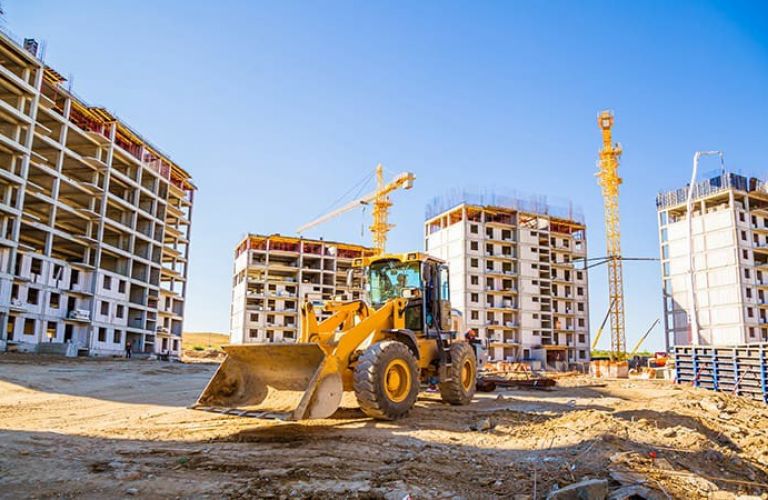The 3 phases of the life cycle of a construction site
04 February 2021
Although each construction site has its own specific characteristics which depend on the complexity and type of work to be carried out, generally its life cycle consists of three main phases: design, execution, closure of works
Each construction site has its own physiognomy that distinguishes it in terms of organization and operation, and depends on the characteristics of the work to be carried out and the area in which it will arise.
In fact, these differences affect both the choice of personnel and equipment, and design aspects such as construction techniques, materials and technologies to be adopted.
While respecting these peculiarities, there are necessary requirements, common to all construction site:
- fence and adequate signalling
- construction of an internal road network
- organization of different reserved areas (offices, toilets, loading and unloading materials, etc.)
In addition, in general, the life cycle of each construction site can be divided into 3 main phases: design, execution, closure of works
Design and procurement
In this first step the client, possibly supported by the designer and the desing coordinator:
- define the resources needed to carry out the work,
- carries out all regulatory requirements,
- draw up a safety plan and coordination of work on the site.
This information, together with the executive project, is shared with each structural, architectural, plant and other representative, in order to draw up the quote or offer.
Before starting the work:
- all the companies involved in the work shall draw up a operational safety plan in accordance with the safety and coordination plan;
- the client verifies the professional technical suitability of the appointed companies and freelancers.
In addition, in most construction works, it is necessary to start a construction start statement at the municipality of which they belong.
Commencement and conduct of proceedings
In this phase, inside the yard are carried out building or civil engineering works such as: construction, maintenance, demolition, restoration, renovation and others.
This work may concern:
- masonry or other material structural parts of fixed or temporary construction ,
- electrical, water and other civil or industrial plants,
- roads, rails and other transport links,
- construction and engineering support for environmental reclamation, forest management, and other works.
The yard operations also include many ancillary activities such as:
- assembly and disassembly of prefabricated elements
- earth handling;
- changes to ordinary roads and others.
During all these phases, it is important that every bureaucratic and operational aspect of security is kept constantly updated.
In fact, all documentation must always accurately reflect the actual progress of the work, especially with regard to new subjects who may enter the site.
Closure of the yard
The closure of a construction site is not simply the moment when the construction, dismantling or restoration activities are completed: at this stage, all those involved in the operations from the first moment, are called into question again.
In fact, the last step of the life cycle of the yard, consists in verifying the adequacy of the work carried out by each company or freelancer.
Therefore, with the closure of the shipyard, each company or freelancer certifies, according to their responsibilities:
- the consistency of its work with the overall project,
- the correct execution of the work,
- the exact drafting of any certificates of conformity,
In addition, in the case of the so-called large shipyards, it is mandatory to report their closure to the municipality in which it took place.
In any case, complying with all these steps means not risking sanctions and having the opportunity to access one of the many incentives provided by law, especially if improvements have been made to the building.
WE PRODUCE HIGH QUALITY POLYETHYLENE PRODUCTS FOR
CIVIL AND INDUSTRIAL USE


